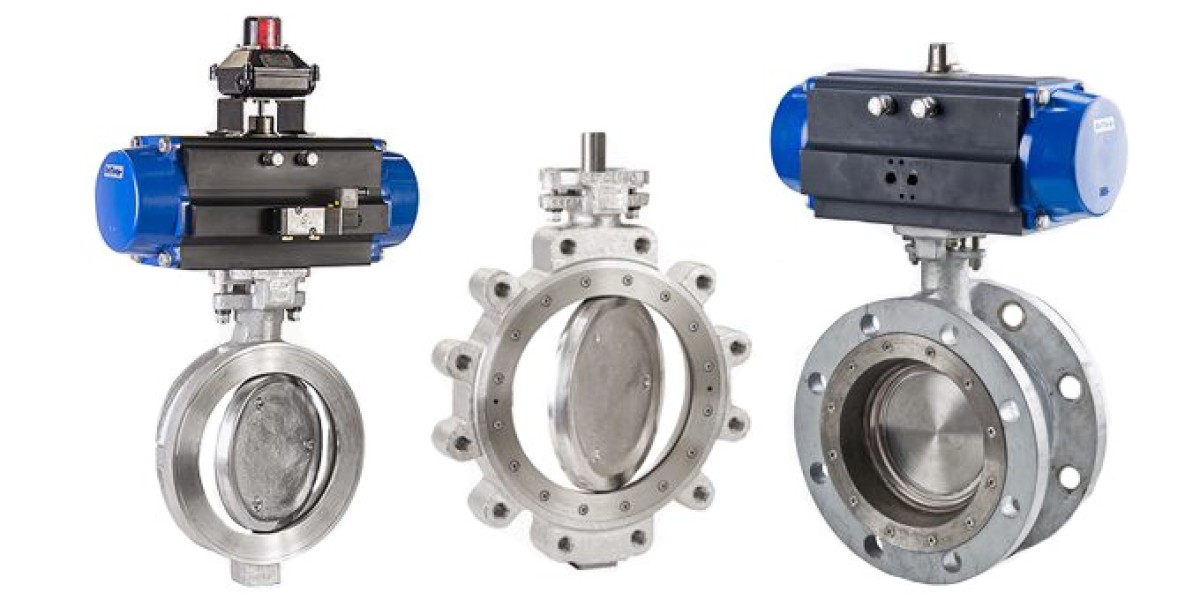If you are looking for a concrete guide for a cryogenic valve, you are going through the right article. This article aims to deliver a solid overview of a cryogenic valve, its components, and its different types.
What is a Cryogenic Valve?
A cryogenic valve is an industrial valve specially designed to handle and used in low-temperature applications in the piping system. Low-temperature gases like hydrogen, oxygen, nitrogen, CNG, LNG, etc., are all cryogenic gases and should be handled with a cryogenic valve.
A cryogenic valve is also used in handling high-pressure applications while working on low-temperature applications. As cryogenic valves are associated with the chemical industry, they undergo several rounds of testing before manufacturers consider them fit for industrial use. As they emit very low emissions, these valves are also called low emission valves.
Components of a Cryogenic Valve
A cryogenic valve is made of seven components. We will talk about these components in the following points:
The body is usually made of steel, the body of a cryogenic valve is an essential component. All the moving parts of the valve that come in contact with the fluid in the piping system are attached to the body. They are made so the body can bear high pressure and low temperature.
Bonnet
The extremely low temperature and high pressure may affect the valve. Hence, the manufacturers came up with a bonnet. This bonnet shields the negative effect and prevents further damage so that a cryogenic valve can work long.
Actuator
An actuator in a cryogenic valve is associated with the opening and closing of the valve. An actuator is attached to the disc and stem assembly in a cryogenic valve.
Disc
It is an essential component of a cryogenic valve that controls and regulates fluid flow in the piping system. However, its functions depend on its location in the valve.
Seat
A seat is a specially designed essential component incorporated in a cryogenic valve. A seat influences how fast a cryogenic valve will leak.
Stem
While the seat influences the valve leaks, a stem regulates the rate of leaks. It works so that the valve is not leaking and working efficiently. However, the packing temperature must be above 8 degrees Celcius. This component is responsible for making these valves low emission valves.
Valve Trim
Valve trim is not one component but a collection of detachable and replaceable units in a cryogenic valve. They are placed in a position where they come in direct contact with the flow medium. Hence, each piece of a valve trim is made of different materials to withstand different circumstances.
All these components are equally crucial in a cryogenic valve.
Different Types of Cryogenic Valves
There are as many as five types of cryogenic high-performance valves. They are as follows:
Cryogenic Ball Valves
Ball valves are extraordinary valves when a system requires a tight seal. They come with an additional polytetrafluoroethylene body. A ball valve is best where a system allows unrestricted flows.
Cryogenic Butterfly Valves
Butterfly valves are one of a kind. They come with a small circular disc in the middle and look like a butterfly. Unlike balancing valves, butterfly valves are extremely economical and easier to install. Moreover, these are lightweight and easy to operate. A butterfly valve has more size-wise options than balancing valves and works in piping systems.
Cryogenic Gate Valves
This type of cryogenic valve comes with a wedge-shaped gate. The gate closes in line with the body mounting to ensure minimal pressure drop.
Cryogenic Globe Valves
As the name suggests, Globe valves are spherical valves with internal moving discs. The disc moves at 90 degrees angle of its body mounting.
Cryogenic Relief Valves
These valves are best for controlling high pressure. If the pressure exceeds the safety limit, the valve releases steam to maintain the balance. It also prevents the fluid from back-flowing.
These are the valves required to handle the flow of cryogenic gases in the piping systems.
Conclusion
This article gives the reader a concise view of cryogenic valves, their components, and their different types. Advance Valves is a renowned valve manufacturing company in India that stands out for its unparalleled high-quality valves.








